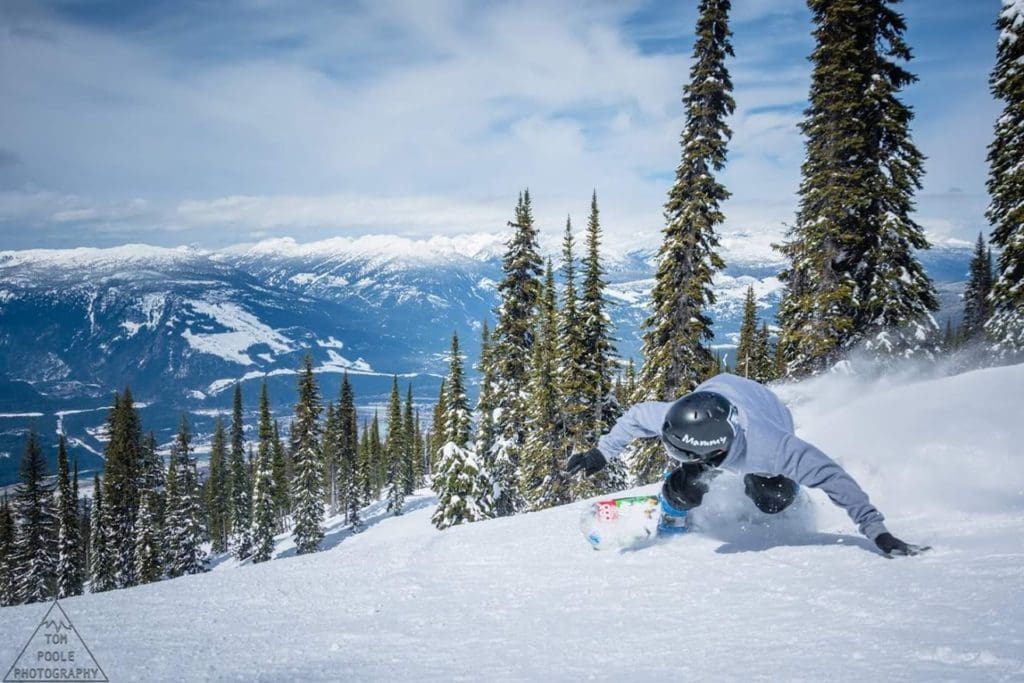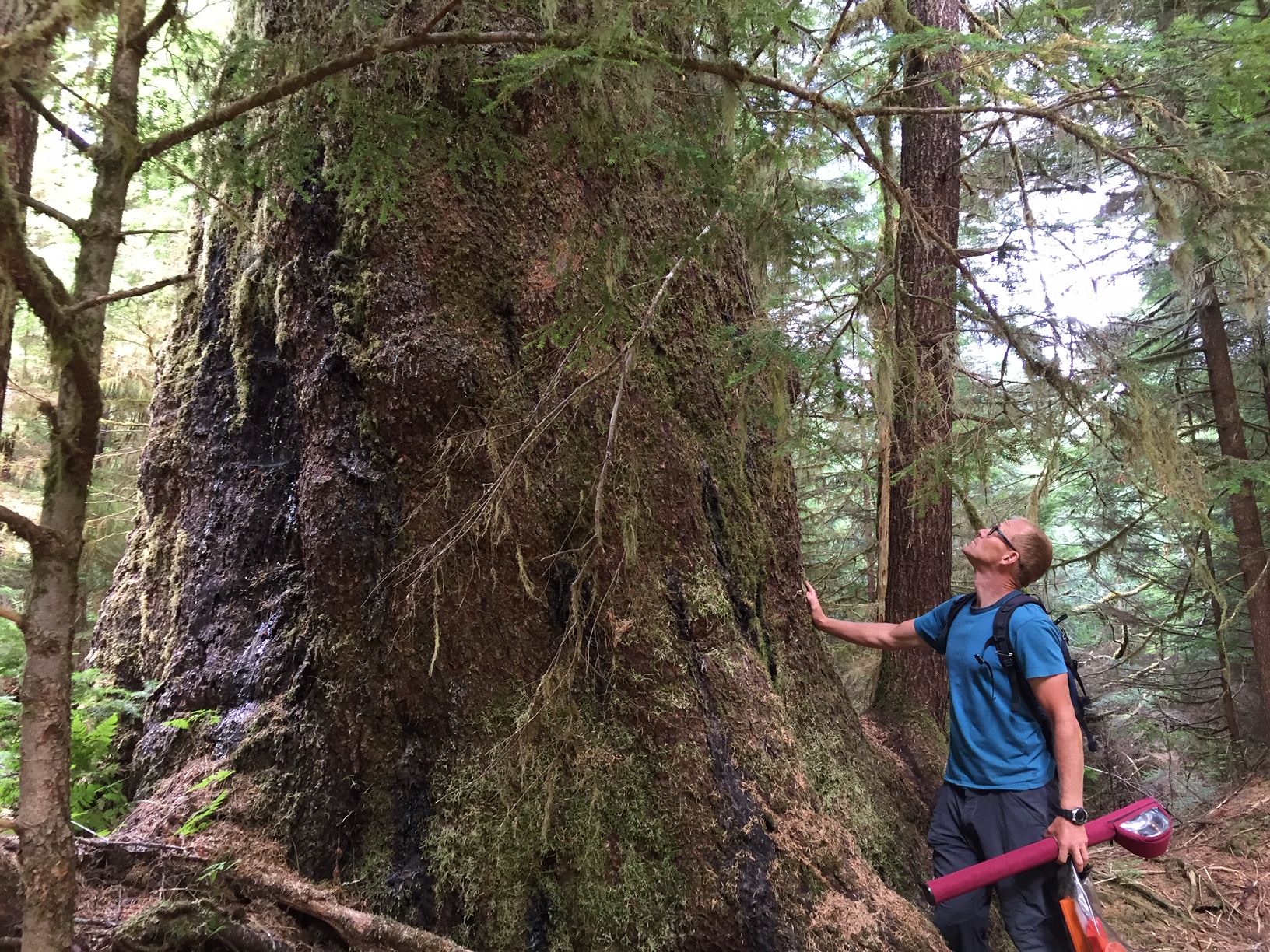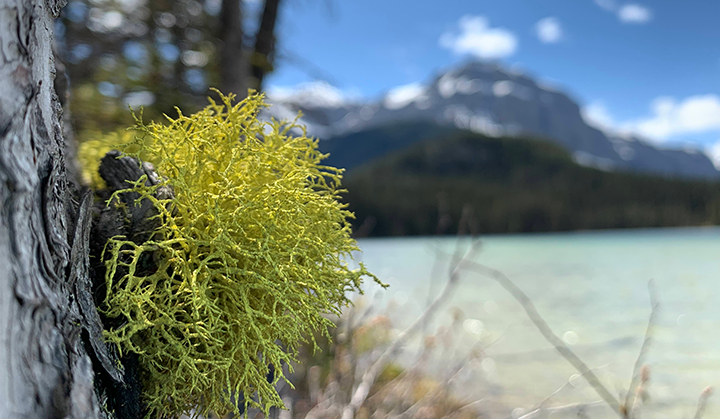This is a guest post from Y2Y supporter Zackary Banegas. Zack is a member of Kumeyaay Nation near San Diego, California, but moved to British Columbia, in part of the Yellowstone-to-Yukon region a few years ago. He wanted to share some of the reasons he supports protecting the Upper Columbia and our mission to connect and protect habitat so that people and nature thrive.
Howka*,
My people’s culture has always had a natural affinity to nature and the land around us. Generations that have come before us observed the patterns of the ecosystem as well as migrations.
In the days before colonization the tribe took part in annual migrations from the San Diegan coast to clear inland mountains depending on the seasons.
In winter people would move to the warmer mountains and in summer, to the cooler coast. Personally, I was not accustomed to these exact patterns since I was moving from my mother in Minnesota to my father in California.
As I grew older and became more independent, I learned to love winter with the help of a burning passion for snowboarding. This eventually brought me to the Canadian Rockies, specifically Revelstoke, British Columbia.
Situated in its own little weather pocket of powder heaven, Revelstoke truly delivers an astounding winter, averaging more than three meters of snow base each season.
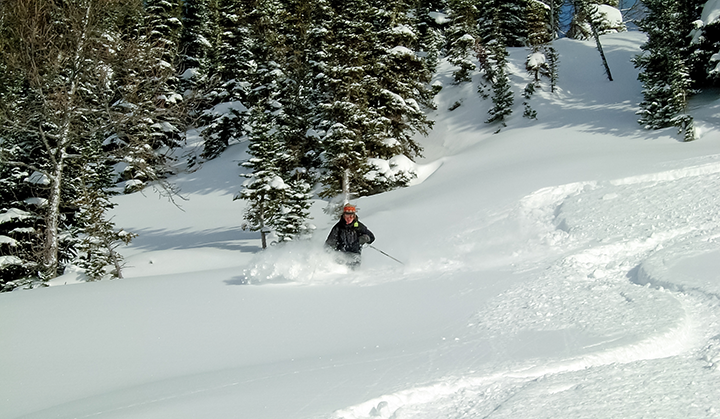
This location is a gateway to the Upper Columbia as well as a portal to an abundance of outdoor activities throughout the year. The town is rich in wildlife as some animals thrive in this environment — it is not uncommon to come across bears, goats, deer, elk, and cougars.
Living in Revelstoke for two winters has given me a bit of insight to the growth of the town and the direction that it seems to be going. This brought concerns about the balance between human interaction and the wilderness itself.
Many locals have taken notice of increasing numbers of seasonal traffic as well as the expansion of the town to accommodate the tourists and those looking to establish more permanent roots there. Even I have a hope of one day claiming a plot of land to build a small cabin for when the call of winter wraps its chilling fingers around me.
Revelstoke has a unique microclimate, because moisture is trapped due to the riveting peaks in the area. Keeping the Upper Columbia as intact and pure as nature intends is crucial in more ways than I have mentioned.
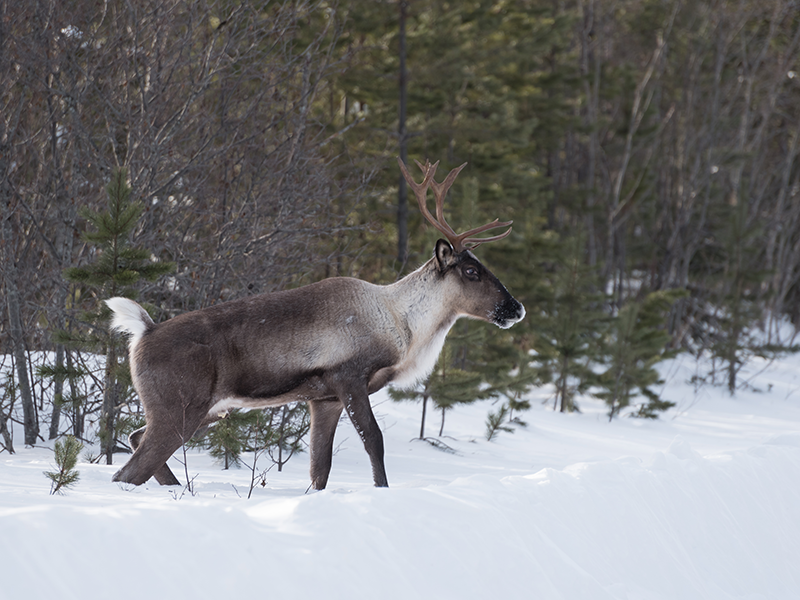
The level of snowpack is directly correlated to the Upper Columbia since it is the fuel for most, if not all, precipitation of the region.
An interesting bit of knowledge I learned while living in Revelstoke is that mountain caribou in the region migrate to higher altitudes in winter to eat a type of lichen known as old man’s beard. The caribou can do this due to the abundance of snow, because it creates a platform for them to reach higher sections of the trees to get their delicious delicacy.
I made these observations of this beautiful region while trying to stay connected to my ancestors’ wisdom and the balance in nature. We are not the only creatures exploring and making a life for ourselves on this land. Not animals or humans could survive without the natural course of seasons and migrations. We should educate ourselves about our impact and the impact of flora and fauna as it all comes full circle.
As the more intelligent species, it is our responsibility to take initiative, to know when to let the nature take its course, and to understand this balance of Earth.
*In my language (Ipai), means may your inner flame continue to burn. It is used as a greeting and a farewell.
